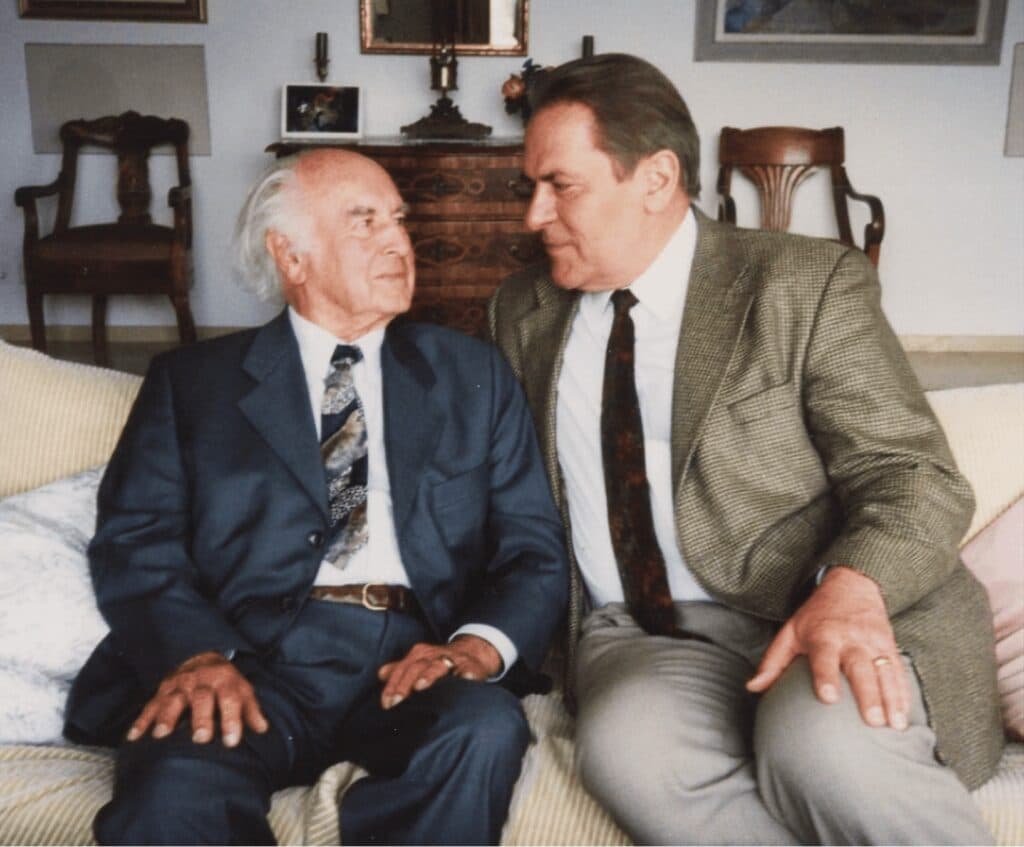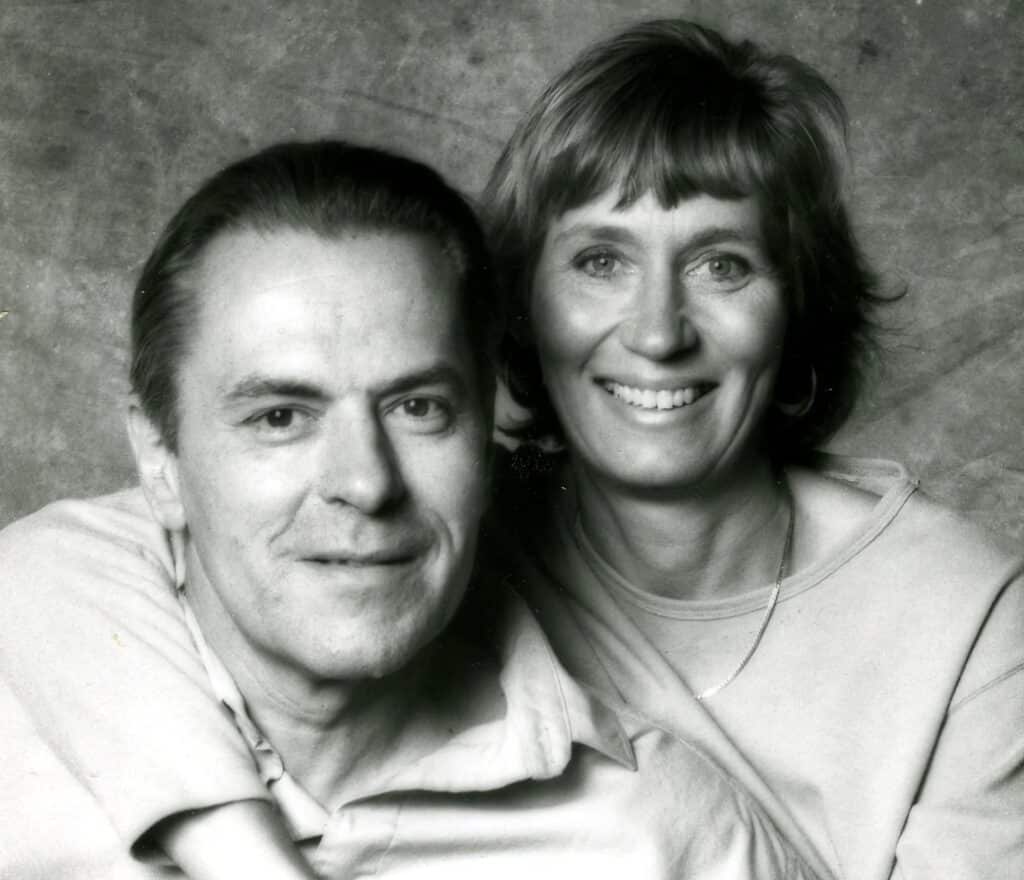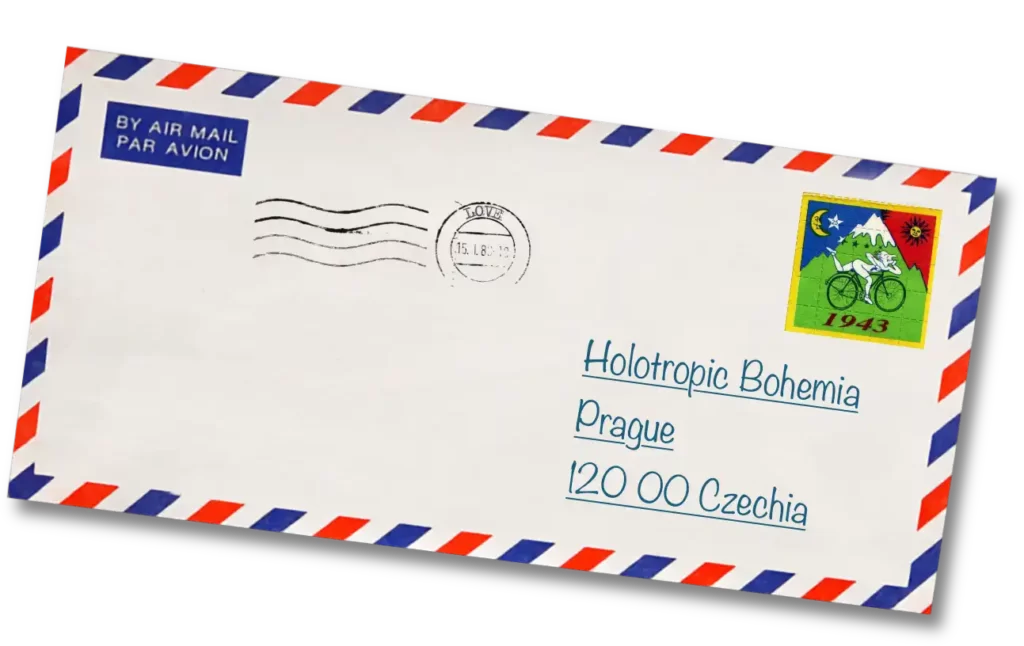History
CONTENTS
Early Psychedelic Research
When reviewing the history of Holotropic Breathwork, we have to go all the way back to the 1960s, the euphoric era of the Free Love movement, the flower children and the Woodstock festival. It was at that time that the Human Potential Movement entered the scene in the USA, emerging from recent developments in Western Psychology, while simultaneously being driven by a growing awareness of Hindu Philosophy and the rapidly spreading popularity of Yoga as a tool for promoting self-development and enlightenment. Indeed, much of the holotropic paradigm itself later became associated with these specifically American cultural phenomena. However, first of all let us examine the entirely opposite direction, in order to find the origins of Stanislav Grof’s groundbreaking work, which later led to the discovery of Holotropic Breathwork. It was 1960 when the 29-year-old Stanislav Grof, still a relatively fresh graduate from Prague’s Charles University in communist Czechoslovakia hidden behind the Iron Curtain, was just about to launch his pioneering, experimental research into the promising field of Psychedelics-Assisted Psychotherapy, using the recently available, mind-bogglingly powerful psychedelic[1] drug, LSD-25[2]. During that short period between 1960 and 1970, psychedelic research was booming on both sides of the Atlantic. Scientists in the field were busy pursuing their promising research projects, while several dedicated international conferences took place — Princeton, London and Amsterdam being among the hosting cities.
Grof continued his research for the following seven years at the Psychiatric Research Institute in Prague, before relocating to the United States in 1967. There he carried on with his research for another seven years, holding positions at the Johns Hopkins University and the Maryland Psychiatric Research Center. It was out of these 14 years of research that his theory and methodology of Psychedelics-Assisted Psychotherapy emerged.
Albert Hofmann – the discoverer of LSD – with Stanislav Grof
Already during the late 1960s, the use of LSD and other psychedelics became increasingly problematized, due to a wild upsurge in recreational use, mainly in the USA. State authorities in California, where Grof was conducting his research, declared a public ban on LSD as early as 1966. Unfortunately, even the use of LSD for scientific research was eventually disallowed.[3] Forced to stop his promising psychedelic research, Dr. Grof was left with the question of whether it might be possible to find a drug-free approach, with which he could substitute the effect of psychedelic substances in therapy, in order to meaningfully continue his exploratory work.
Esalen – the Birth of Holotropic Breathwork
Roughly at the time when the nationwide ban was enforced, Dr. Grof attended a party in New York City. There he met Michael Murphy, who invited him to become a Scholar-in-Residence at the Esalen Institute in Big Sur, California (1973).
It was at the Esalen Institute where, a couple years later, Stanislav met his future wife Christina. Together, they began to develop Holotropic Breathwork, a brand-new, substance-free method for inducing and working with non-ordinary states of consciousness. Stan (as he was known) and Christina continued their pioneering work at the Esalen Institute for the following 14 years, during which they developed and led a series of 30 experimental month-long educational programs, as well as many 5-day and weekend experiential workshops. During those years, the method of Holotropic Breathwork was perfected to a great degree, in a form which has been preserved in a substantial part to the present day.
The young Stanislav and Christina Grof
It is impossible even to imagine the number of times Dr. Grof has been asked the question of how on earth he could have discovered the strikingly simple, yet remarkably potent effect which hyperventilation has on the human mind and body, opening it up experientially to normally inaccessible realms of the unconscious. The answer he always gives is that there were several clues which came together. Some of them, like the existence of traditional breathing techniques of ancient spiritual systems, like Yoga Pranayama, or Taoist breathing techniques, which were known to produce changes in human consciousness, were among the more foreseeable ones. But no one could have predicted what Dr. Grof was to witness time and again during his experimental work with patients on high doses of psychedelic substances, predominantly LSD.
Towards the end of many of the therapeutic sessions, it happened that the effect of the drug had started to wear off and the patient began to return to his normal waking state of mind. However, the still ongoing psychedelic episode was yet to reach its full resolution. Some psychological contents, perhaps upsetting, difficult and confusing, together with conflicting or tough emotional energies, emerged while under the full effect of the drug. Then, towards the end of the session, some of this material remained partly stuck as if “half-complete”, as a consequence of the effect of the drug no longer being sufficient to carry out the final stages of the process with adequate intensity. Grof observed that whenever this situation arose, his patients often started hyperventilating spontaneously. Through this hyperventilation, they appeared to be able partially to reactivate the psychedelic process, to complete what had been left unresolved, and consequently to reach a state of contentment and peace, free of inner conflict. Another observation Dr. Grof made was that, during the final stages of a psychedelic session, his patients would often point to a place or area on their body, which they subjectively perceived as being intrinsically connected with the emotional difficulty of their current state. They would request physical contact, a touch or some sort of pressure on that spot. Dr. Grof followed their lead and soon discovered that, through this physical activation of the relevant spot or area on the body, emotional content would become co-activated into a catharsis, leading again to a meaningful resolution of the experience, and the ensuing emotional and physical relief.
So this is how the two principal components of the method of Holotropic Breathwork were discovered, namely hyperventilation and bodywork (or focused energy release work): it was the people undergoing the psychedelic healing process themselves who unwittingly introduced them to Dr. Grof.
Founding Grof Transpersonal Training
The Esalen residence ended for the Grofs in 1987. Indeed, the whole era culminated a few years later, in 1989, when Stan and Christina launched Grof Transpersonal Training (GTT). Many of those who had experienced Holotropic Breathwork with the Grofs, also wanted to be able to work further with this method themselves. So, after a few years of initially training people in closed groups and working on developing an appropriate training model, the time was ripe to launch an organized endeavor to train future facilitators systematically. At that time, the current modular scheme of the training program was already established, relying for the main part on a set of 7 six-day long intensive training “modules”. Each module included four breathwork sessions, as well as a series of theoretical lectures.
GTT quickly established itself on several continents. In the early 1990s already, certification programs were launched and completed in South America, Europe, and Australia. Shortly after the fall of the Berlin Wall, Stan and Christina returned to Czechoslovakia, which was now freed from the tyranny of the communist regime. Once again, through the person of Václav Havel, Stanislav Grof’s native country of Bohemia was setting the tone for the global debate on human rights. In this exalted atmosphere following the end of communist rule in Central and Eastern Europe through the Velvet Revolution, Stanislav and Christina generously helped to train the first generation of professional Holotropic Breathwork facilitators in the country where Dr. Grof’s original psychedelic research had started 30 years earlier.
from the Dagmar and Václav Havel Foundation.
In 1998, the Grofs handed GTT over to Tav and Cary Sparks, their early students and later long-standing colleagues. Since that time, Tav and Cary have been the organizers of the training courses.[4] For many years, Stan and Christina continued (until her death in 2014) to participate as mentors and consultants for the training. Stan continued for some time to lead the six-day training modules. He eventually withdrew, teaching only two-day theoretical components. Other GTT teachers and staff members conducted the remaining parts of the modules, including the breathwork sessions. Dr. Grof retired from teaching all modules in 2017.
Past groups of GTT students have completed certification in Argentina, Australia, Brazil, Chile, Germany, India, Italy, Mexico, Russia, the Scandinavian countries, and Spain. Currently, modules are held in the United States, Australia, multiple countries in Europe and Latin America, Russia and India. Holotropic Breathwork training continues to expand into new locations each year, creating ever more opportunities for people around the globe to follow this amazing and important path of self-discovery.






